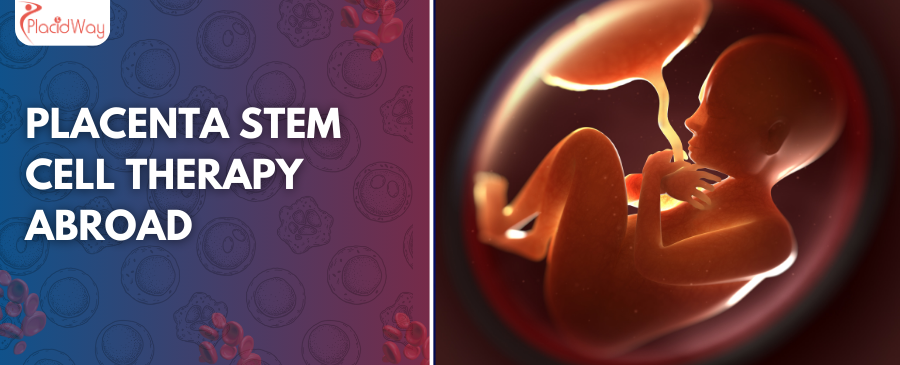
Table of Content
Placenta stem cell therapy is a form of regenerative medicine that utilizes stem cells derived from the human placenta. These cells are known for their ability to promote tissue repair and offer therapeutic benefits for a variety of degenerative conditions. The therapy is gaining popularity worldwide due to its potential to treat diseases that currently have limited treatment options.
| Type | Description | Countries Offering |
|---|---|---|
| Injectable Solutions | Direct injection into affected areas | Mexico, India, Thailand |
| Infusion Therapy | Systemic administration via IV | USA, Germany, Singapore |
| Localized Treatments | Targeted treatments for specific organs | South Korea, Brazil |
Patients seeking placenta stem cell therapy abroad can benefit from lower costs, access to specialized treatments not available in their home country, and the opportunity to combine treatment with recovery in a new environment.
Here's an overview of the procedure for Placenta Stem Cell Therapy:
Collection of Stem Cells: Stem cells are collected from healthy, donated placentas, typically sourced from pre-screened donors who have undergone thorough medical evaluations to ensure the safety and quality of the cells.
Processing and Purification: In a specialized laboratory, the placenta is processed to extract stem cells, which are then purified to remove any impurities or unwanted components. This step ensures that only the highest quality cells are prepared for treatment.
Preparation for Administration: The stem cells are prepared for administration based on the patient’s specific treatment needs. Depending on the condition being treated, the cells may be concentrated or further refined to enhance their therapeutic potential.
Administration to the Patient: The purified stem cells are administered to the patient, either through direct injection into a targeted area (such as joints or muscles) or via intravenous (IV) infusion for broader systemic effects. The choice of method depends on the condition and the desired outcome.
The entire procedure is conducted in a controlled medical setting, and patients typically experience minimal discomfort. Recovery and results can vary depending on the patient’s health and the specific treatment plan.
| Country | Average Cost |
|---|---|
| Mexico | $5,000 |
| Turkey | $4,500 |
| Thailand | $6,000 |
| Colombia | $5,500 |
| India | $4,000 |
| Austria | $7,000 |
| USA | $10,000 |
| UK | $9,000 |
Find Prices for Placenta Stem Cell Therapy Near You
Costs can range widely based on the location and specific treatment protocol, typically from $4,000 to $10,000.
While results vary, many patients report improvements in symptoms and quality of life.
The procedure itself usually takes a few hours, but the overall treatment duration can extend over several weeks for follow-up.
Generally, there are no strict age limits, but individual clinics may have their guidelines based on treatment type.
While not a cure, it can potentially alleviate symptoms and slow disease progression.
Explore the transformative potential of Placenta Stem Cell Therapy abroad with PlacidWay. Discover accredited clinics worldwide that offer pioneering treatments tailored to your health needs. Begin your journey towards healing and rejuvenation today!
Stem Cell Therapy Abroad